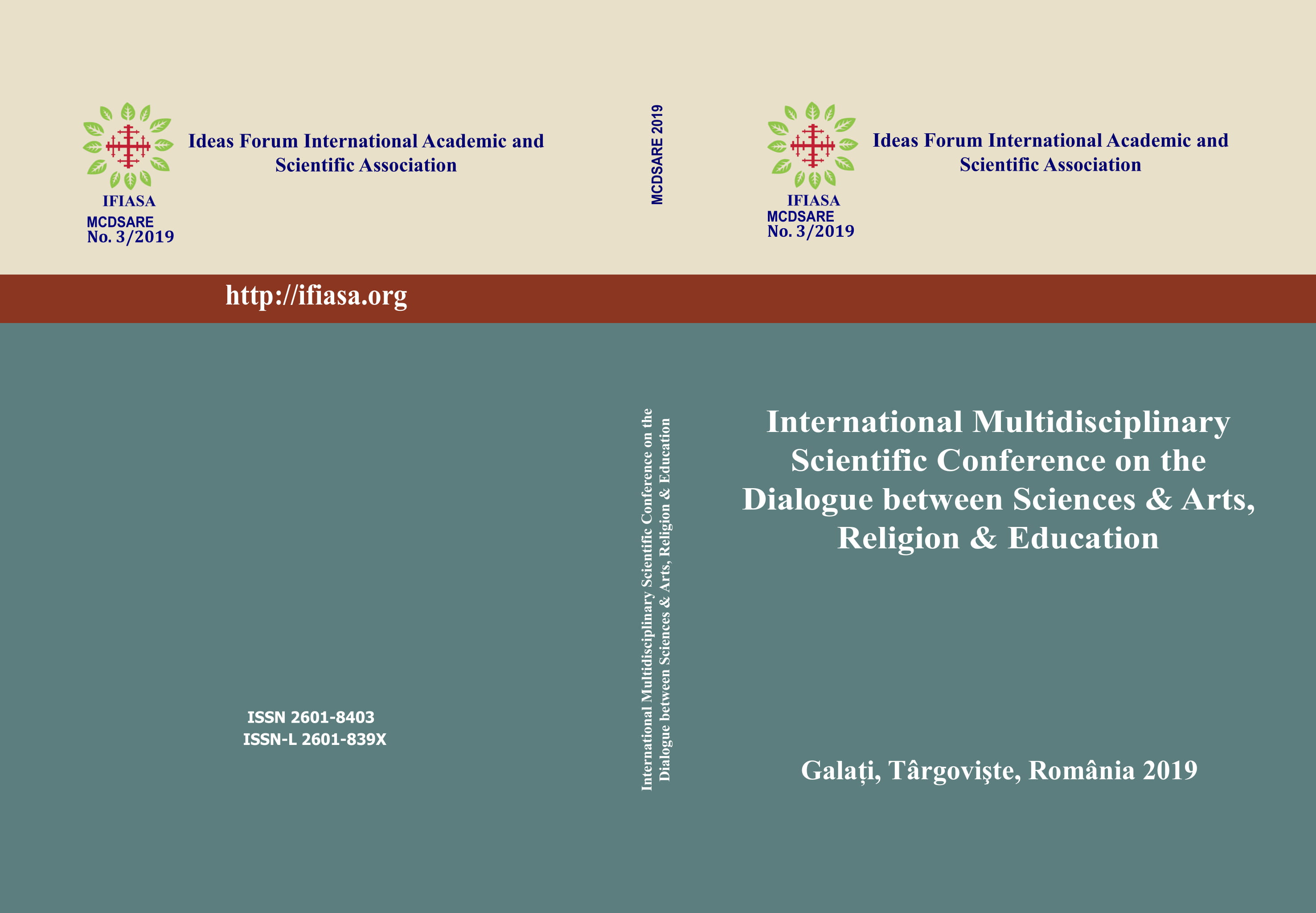MANAGERIAL COMMUNICATION AND TEACHER’S
INFORMATION SOURCES. CASE STUDY: ROMANIAN
SCHOOLS
MANAGERIAL COMMUNICATION AND TEACHER’S
INFORMATION SOURCES. CASE STUDY: ROMANIAN
SCHOOLS
Author(s): Mariana DOGARU, Mirela-Cristina NEGREANUSubject(s): Social Sciences, Education
Published by: Ideas Forum International Academic and Scientific Association
Keywords: communication; leadership; management; school education;
Summary/Abstract: The research was carried out using qualitative and quantitative methods (the opinion poll, respectively theinterview). The survey had as part of the characteristics of the school manager as a leader (internal andexternal communication, goal orientation, valorization of the subordinate staff, attitude towards work inthe learning ability, the ability to innovate, the ethos imprinted to the school, the decision-makingtransparency). It is much more important for school principal to communicate within the school, settingand targeting clear goals than the printed ethos and the transparency of the means used. We could say thatthere is a paradox of opinion because, in our view, the transparency of the means used by the schoolprincipal is directly related to internal communication. As far as managerial communication is concerned,it correlates only with the level of staff motivation and authoritarian style. In the case of less successfulschools, the authoritarian style, as well as the participative style, correlates strongly and very stronglywith the variables, the percentage of determination being higher. Thus, in schools with very good results,teamwork explains valorization and satisfaction, valuing correlated strongly with participatory style.What is very important, authoritarian style in schools in good schools explains 85% of the manager'scommunication. So, in successful schools, communication is determined by authoritarian style, which isalso reflected in the analysis of case studies. Covariance is higher for schools with poor results, whichmeans that the variables correlate more, unlike those in successful schools. The sources of information forthe teaching staff are diverse, but we can say that, in terms of the organization, "tradition" is to propagatefrom top to bottom. As such, the informational flow can comprise several internal elements of the school,but we considered that the role of the school principal in this plan is telling from the perspective ofinternal managerial communication, being a proof of its functioning, without claiming that we areexhausting this variable, managerial communication no can be achieved about "novelties".
- Issue Year: 3/2019
- Issue No: 3
- Page Range: 179-185
- Page Count: 7
- Language: English

